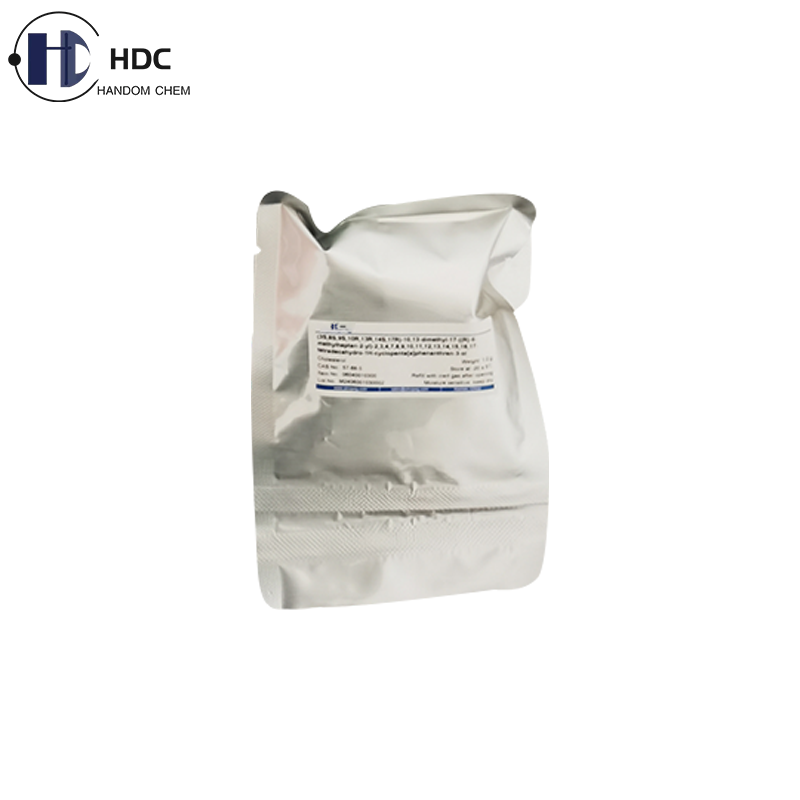-
Categories
-
Pharmaceutical Intermediates
-
Active Pharmaceutical Ingredients
-
Food Additives
- Industrial Coatings
- Agrochemicals
- Dyes and Pigments
- Surfactant
- Flavors and Fragrances
- Chemical Reagents
- Catalyst and Auxiliary
- Natural Products
- Inorganic Chemistry
-
Organic Chemistry
-
Biochemical Engineering
- Analytical Chemistry
-
Cosmetic Ingredient
- Water Treatment Chemical
-
Pharmaceutical Intermediates
Promotion
ECHEMI Mall
Wholesale
Weekly Price
Exhibition
News
-
Trade Service
Biological research has focused in the past on model organisms and most of the functional genomics studies in the field of plant sciences are still performed on model species or reference species that are characterized to a great extent. However, numerous non-model plants are essential as food, feed, or energy resource. Some features and processes are unique to these plant species or families and cannot be approached via a model plant. The power of all proteomic and transcriptomic methods, i.e., high throughput identification of candidate gene products, tends to be lost in orphan species due to the lack of genomic information, the complexity of the genome (protein inference problem, polyploidy) or due to the sequence divergence to a related sequenced reference variety or to a related model organism. Nevertheless, a proteomics approach has a great potential to study orphan species. This chapter reviews concisely orphan plants from a proteomic angle and provides an outline of the problems encountered when initiating the proteome analysis of a non-model organism. We discuss briefly the problems and solutions for orphan plants associated with sample preparation and focus further on the difficulties associated with protein redundancy in polyploid species and the protein inference issue which is particularly associated with a peptide based proteomics approach.







